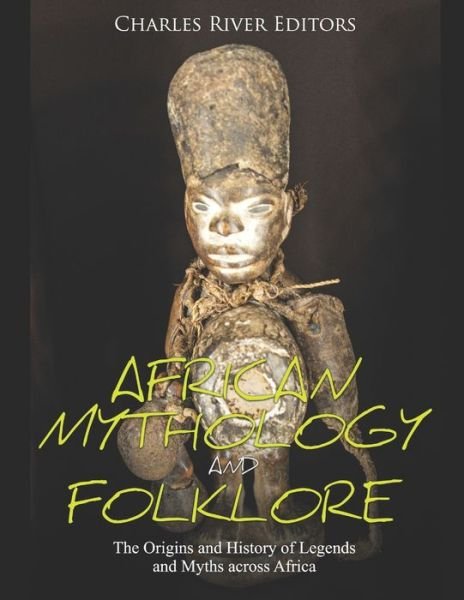
Tipsa dina vänner om produkten:
African Mythology and Folklore
Charles River Editors
Beställningsvara
Finns även som:
African Mythology and Folklore
Charles River Editors
*Includes pictures
*Includes a bibliography for further reading
In the Lasta Mountains of northern Ethiopia, high on an arid plateau in the foothills, the settlement of Lalibela slumbered for centuries as little more than a pilgrimage site at the end of a long and weary footpath. The ancient trade routes between the Eritrean coast and the central highland redoubts that would later coalesce as the imperial capital of Addis Ababa passed fifty miles to the east of Lalibela, and from the early thirteenth century, after the passing of Gebre Mesqel Lalibela himself, the site slipped into decline. The focus of imperial government shifted south, under the influence of successive emperors, as the holy sites of Roha faded from the popular consciousness. Only the occasional band of pilgrims made the journey over the rugged mountain passes, and across the waterless high valleys to repose at the mythical site, now known only to a handful of faithful acolytes.
The site first came to European attention when it was visited in the early 16th century by the Portuguese explorer Pêro da Covilhã, who struck inland from Zeila on the Somali coast in a quest for the legendary Kingdom of Prester John. He was received by the Emperor Eskender, but he was effectively held a prisoner in Ethiopia for 30 years. During that time, he visited and briefly recorded his impressions of Lalibela.
Also in search of the Kingdom of Prester John was the Portuguese missionary Francisco Álvares, who arrived in Ethiopia in 1515 as part of an ambassadorial mission authorized by the Portuguese King Manuel I. There, in the court of the Emperor Dawit II, he met numerous sundry Europeans, including Pêro da Covilhã, and Nicolò Brancaleon, the Venetian painter who settled in Ethiopia in 1480 and whose artistic influence remains visible in ecclesiastical imagery all over the country.
As that indicates, the modern history of Africa was, until very recently, written on behalf of the indigenous races by the white man, who had forcefully entered the continent during a particularly hubristic and dynamic phase of European history. When they began to arrive in sub-Saharan Africa in the early 16th century, Christian missionaries replaced established animist practices with the tenets of Christianity. This was particularly true for the Catholics who offered a faith promising eternal paradise upon the simple confession of sin. In an age of slavery, disease, and inter-tribal warfare when life was unembellished, brutal, and usually short, this was a particularly seductive message. Add to this the ritual inherent in Catholic worship, the drinking of blood and the eating of flesh, and the susceptibilities of a society defined by elaborate religious rituals, and the conversion succeeded with extraordinary ease.
It is also true that the Catholic spiritual hierarchy reflected the structure of African spiritual life. The first line of African worship is composed of the spirits of passed ancestors whose relationship with the living remains direct and active. This overlapped with the idea of a host of saints endowed with specific functions and responsibilities. At a higher level, the more remote ancestral spirits, those of more than three or four generations past who have merged into the overall spirit of the nation, formed a less definable but powerful presence in day to day life. These spirits easily translate to angels, while the almighty creator, too vast and remote to be understood, conforms to the notion of the one God. The embrace of Christianity and Islam, even today, is not necessarily to the exclusion of ancestral spirits, nor the essentials of witchcraft and sorcery. The precarious security of albino people in east and central Africa, whose body parts are sought after in traditional "medicine," is testimony to the fact that these superstitions are alive and well throughout Africa.
| Media | Böcker Pocketbok (Bok med mjukt omslag och limmad rygg) |
| Releasedatum | 17 februari 2020 |
| ISBN13 | 9798615053894 |
| Utgivare | Independently Published |
| Antal sidor | 112 |
| Mått | 216 × 280 × 6 mm · 276 g |
| Språk | Engelska |
Fler produkter med Charles River Editors
Andra har också köpt
Se alt med Charles River Editors ( t.ex. Pocketbok och Bok )


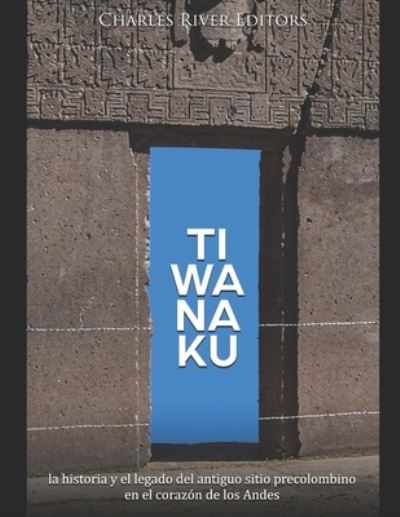
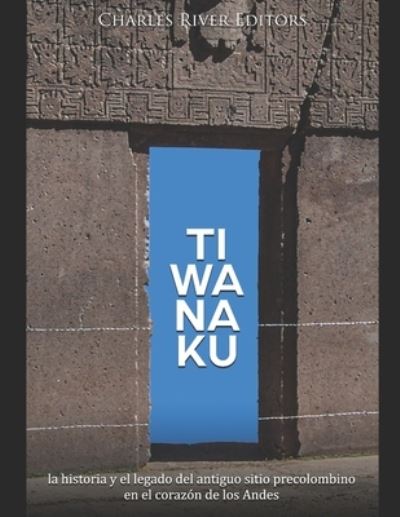
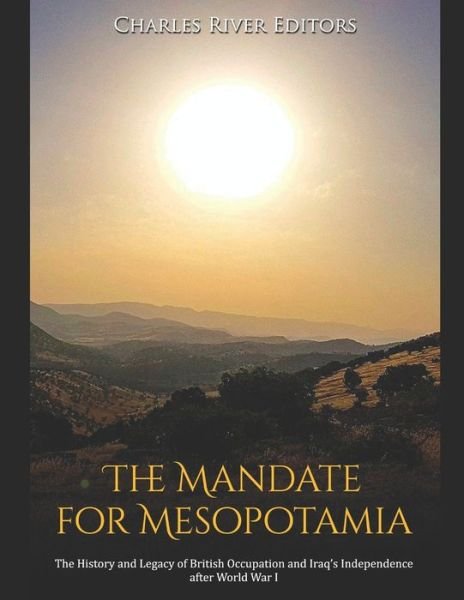
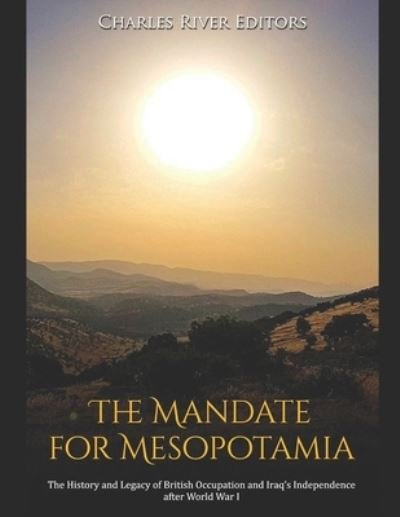
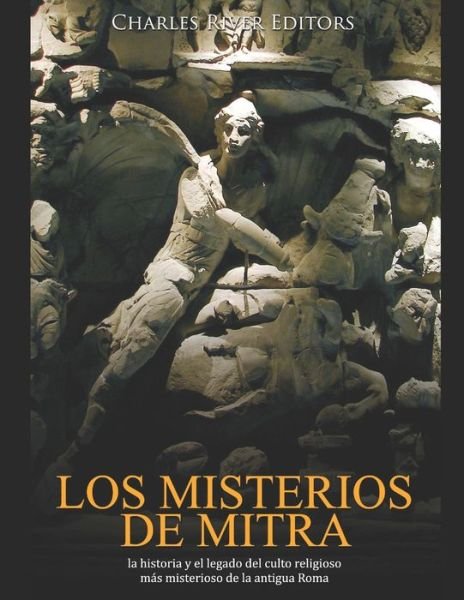



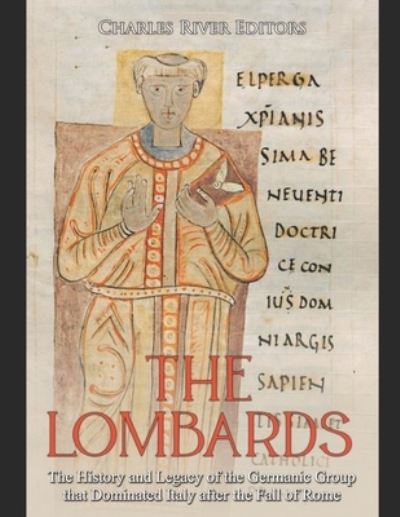





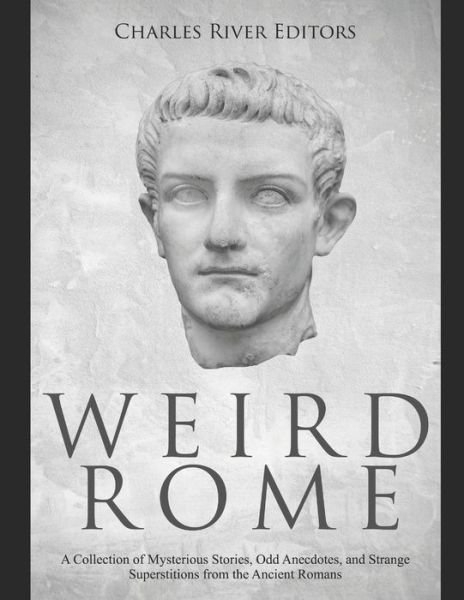
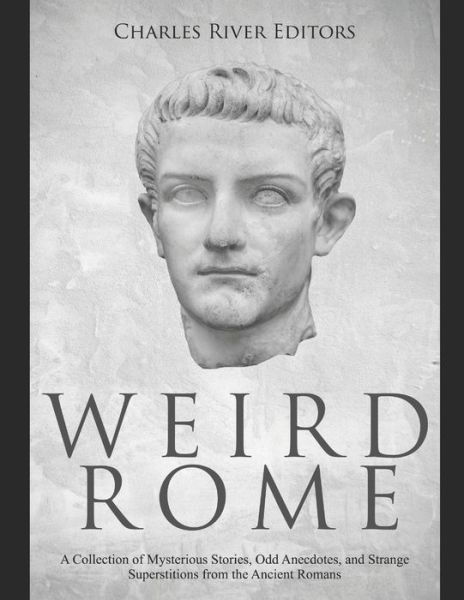


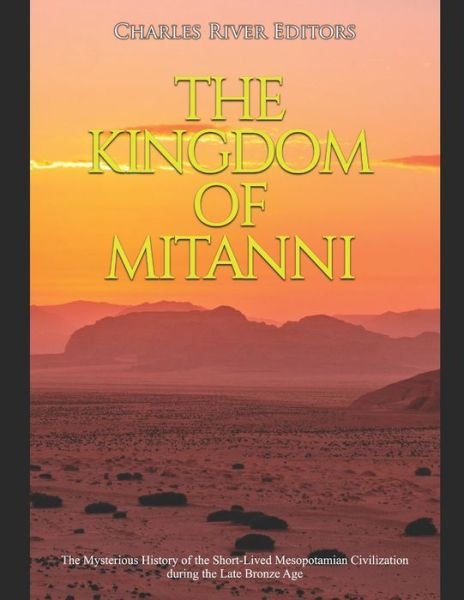

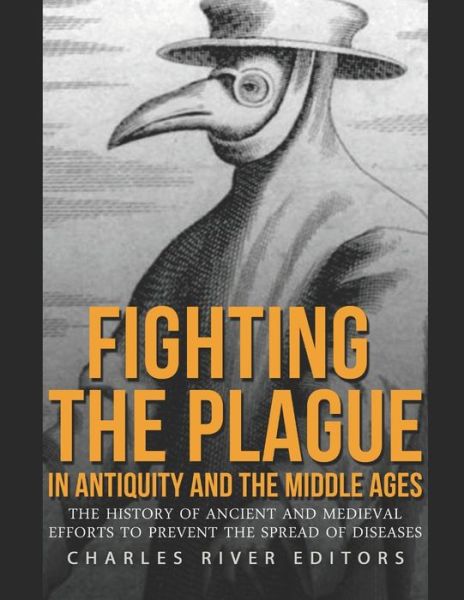
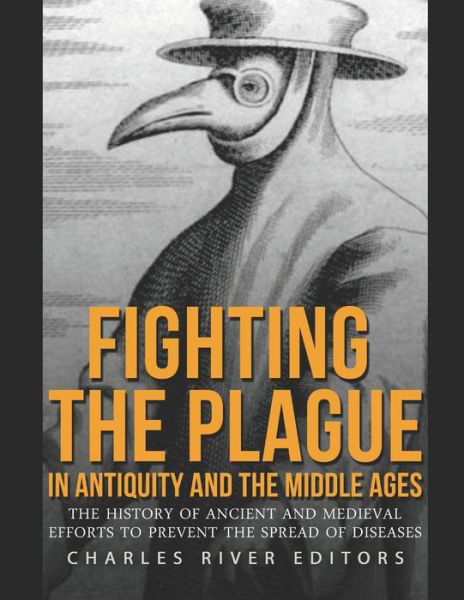
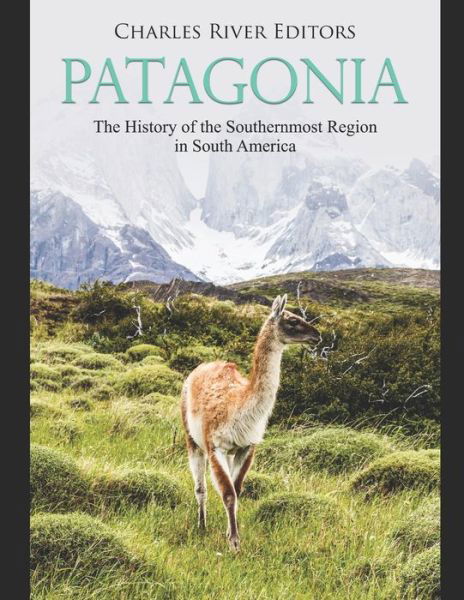


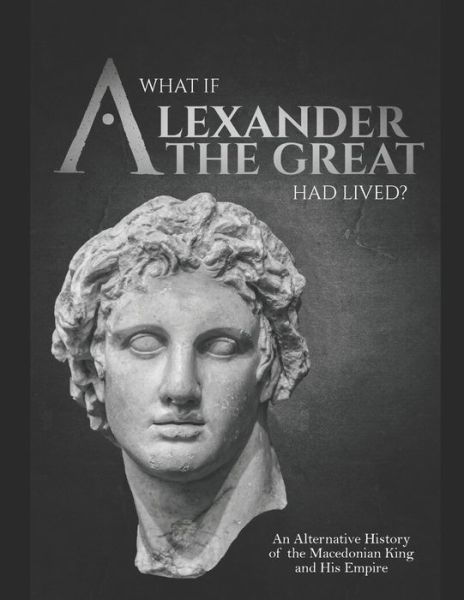
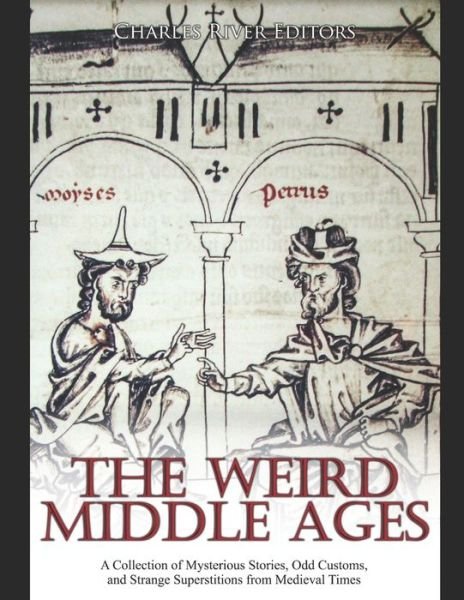
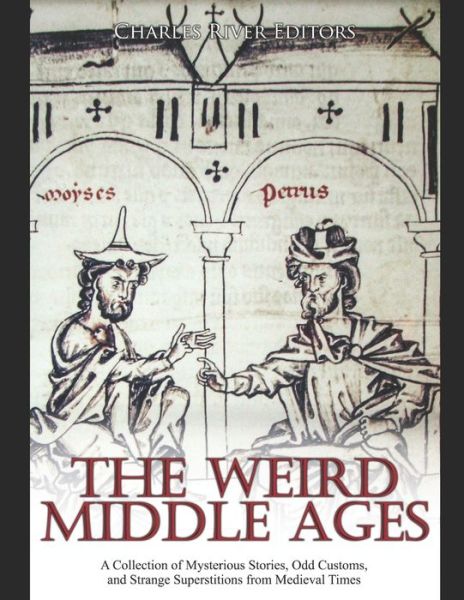
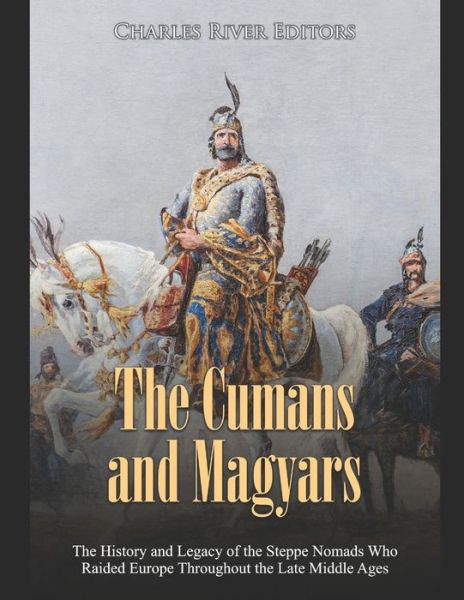
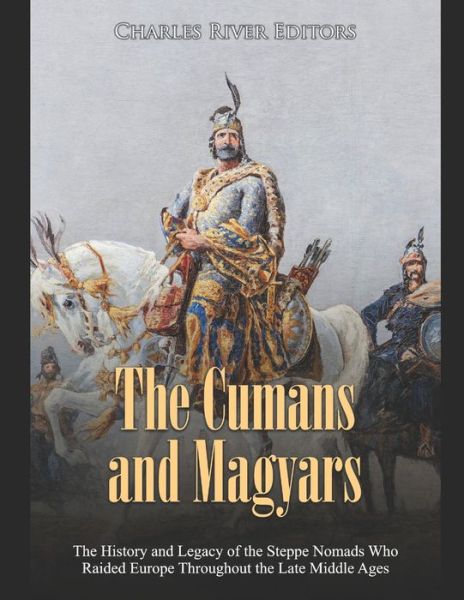
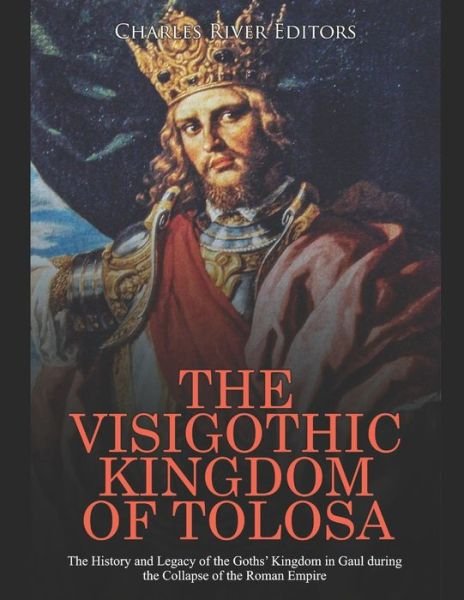
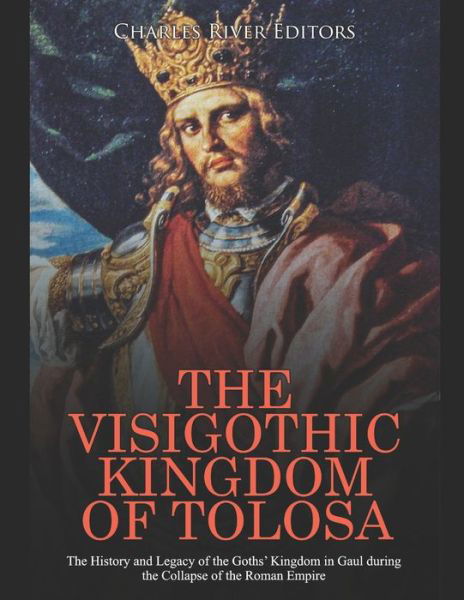

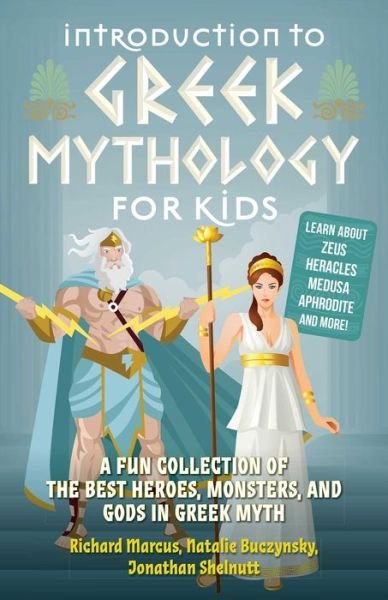
![Cover for Charles Dickens · Den hjemsøgte mand og åndens tilbud (Nyillustreret) (Inbunden Bok) [1:a utgåva] (2022)](https://imusic.b-cdn.net/images/item/original/123/9788772048123.jpg?charles-dickens-2022-den-hjemsoegte-mand-og-aandens-tilbud-nyillustreret-inbunden-bok&class=scaled&v=1654049104)
![Cover for Dian Hanson · The New Erotic Photography - Bibliotheca Universalis (Inbunden Bok) [Multilingual edition] (2017)](https://imusic.b-cdn.net/images/item/original/715/9783836526715.jpg?dian-hanson-2017-the-new-erotic-photography-bibliotheca-universalis-inbunden-bok&class=scaled&v=1490369714)




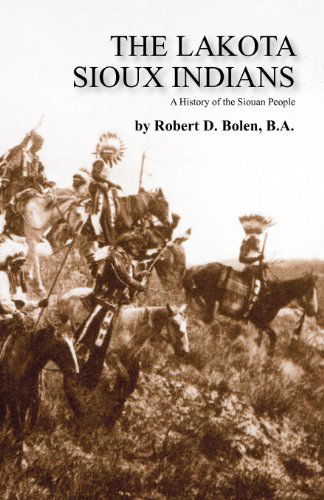


![Cover for Jesper Wung-Sung · To ryk og en aflevering (Poketbok) [3:e utgåva] (2009)](https://imusic.b-cdn.net/images/item/original/996/9788763811996.jpg?jesper-wung-sung-2009-to-ryk-og-en-aflevering-poketbok&class=scaled&v=1341784896)
![Cover for Claus Drengsted-Nielsen · Lille dansk grammatik (Poketbok) [1:a utgåva] (2016)](https://imusic.b-cdn.net/images/item/original/692/9788702194692.jpg?claus-drengsted-nielsen-2016-lille-dansk-grammatik-poketbok&class=scaled&v=1499896829)

